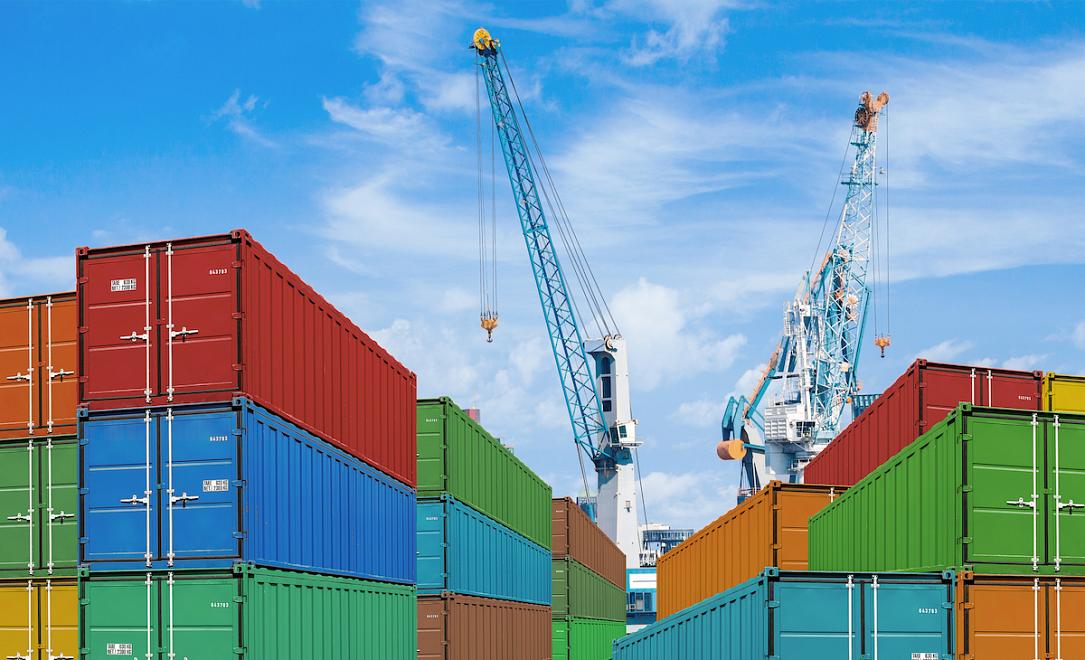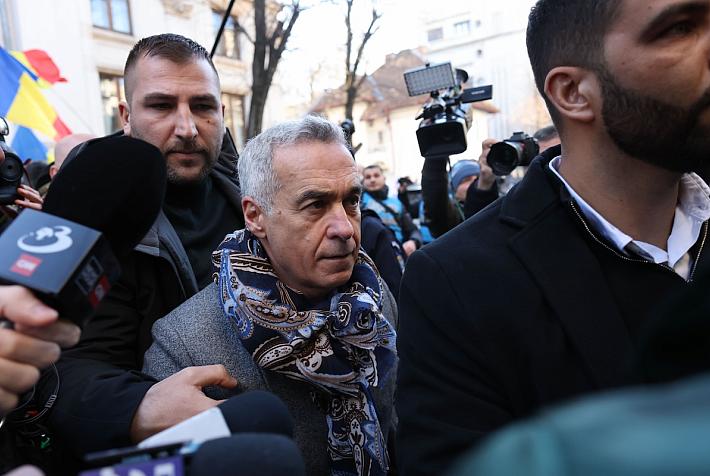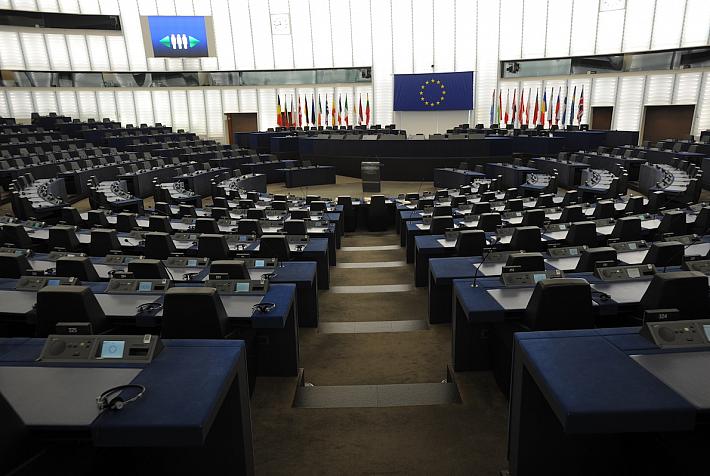Romania’s trade gap moderates amid subdued industrial activity

Romania’s exports (goods only) increased by 1% y/y in February while its exports advanced by 2% y/y, resulting in a trade deficit (EUR 2.17 billion) that was 6% wider compared to the same month in 2023, according to the statistics office INS.
Trend data show, however, that exports are shrinking, following the negative trend of imports – partly driven by lower prices but also as an effect of subdued industrial activity.
Romania’s exports in 12 months to February (EUR 93.1 billion) posted a negative annual performance (-0.1% y/y) for the first time since February 2021 after they surged for two consecutive years until the spring of 2023 at an average annual rate of 18% (from May 2021 to May 2023) to remain more or less steady afterward. With the sharp rise in nominal GDP, this translates into a weaker intensity of the country’s exports.
The imports of Romania in 12 months to February (EUR 121.8 billion) contracted by 4.1% y/y, the highest negative performance since March 2021. The country’s trend (rolling 12-month) imports entered a negative trend since October 2023, after they surged by 20% per annum from May 2021 to May 2023.
Romania’s trend (rolling 12-month) trade gap has thus stabilized under EUR 29 billion since October 2023 amid a combination of price and industrial activity factors. In annual terms, the 12-month rolling trade gap contracted by 15.2% y/y as of February, not far from the 15.1% y/ average contraction marked in 2023.
iulian@romania-insider.com
(Photo source: Andreykuzmin/Dreamstime.com)












